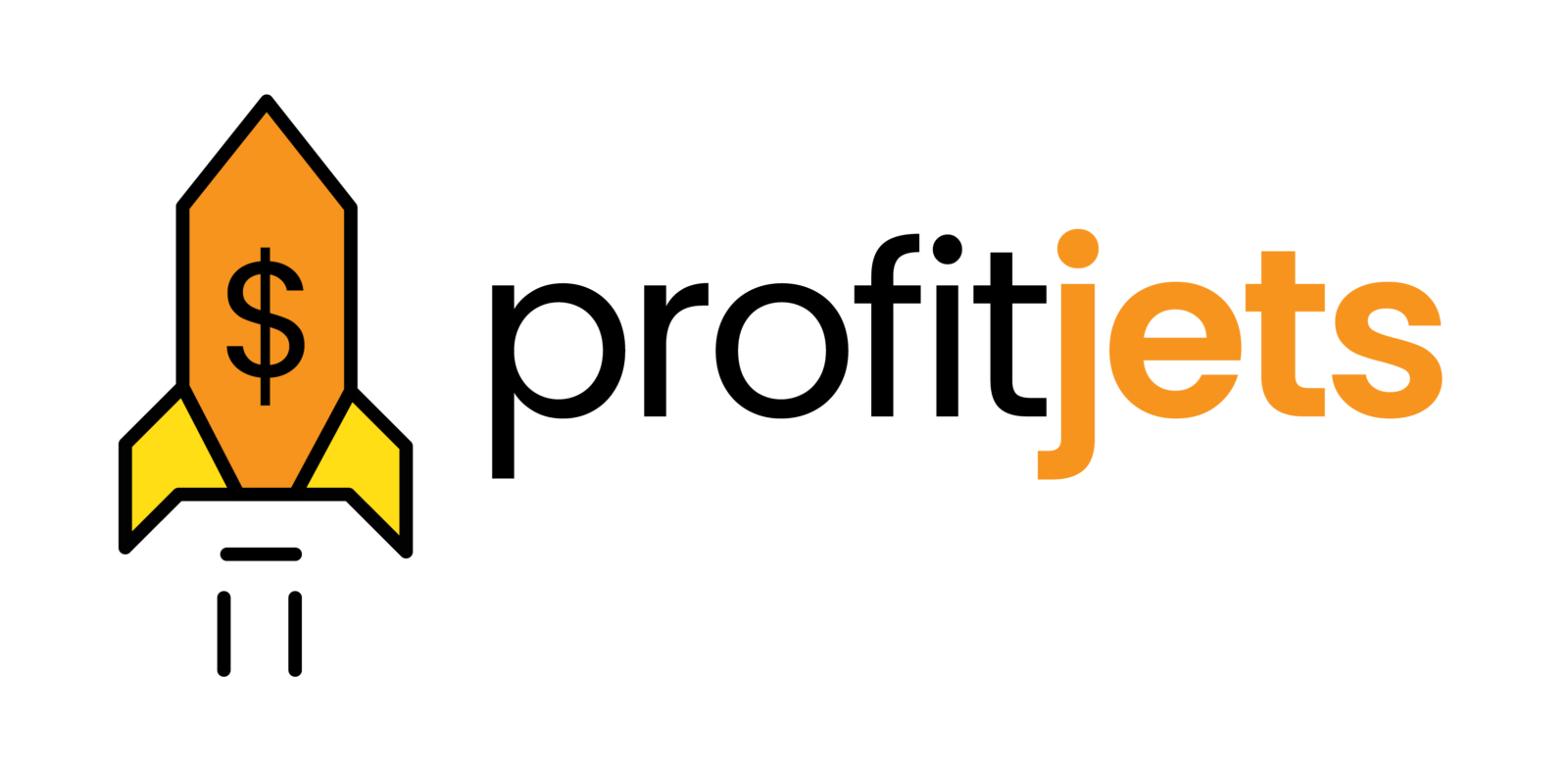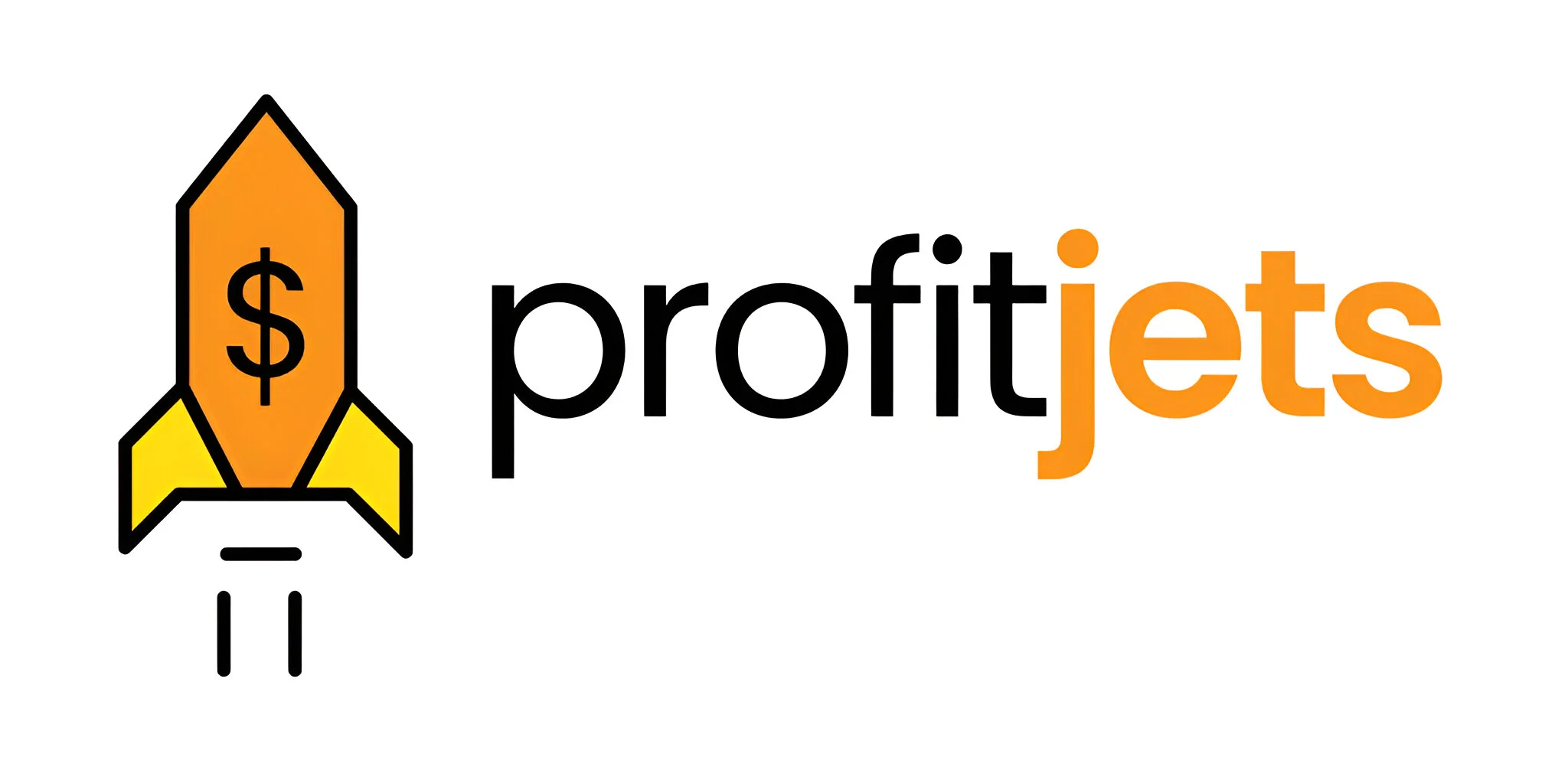If you’re a business owner or entrepreneur, understanding basic accounting terms is essential for tracking your finances, communicating with accountants, and making informed decisions. This 2025 guide simplifies standard accounting terms, helping you better manage your operations, whether you’re a freelancer or running a small to medium-sized business.

Table of Contents
1. Profit
Definition: Profit is what remains after deducting all expenses from a company’s total revenue.
- Formula: Profit = Revenue – Expenses
- Types: Gross profit, operating profit, and net profit
Example: If your business earns $100,000 and spends $60,000 on operations, your profit is $40,000.
2. Inventory
Definition: Inventory includes raw materials, work-in-progress items, and finished goods that a company holds for sale or use in production.
- Tracked using methods like FIFO (First-In, First-Out) or LIFO (Last-In, First-Out)
Importance: It’s a current asset and directly impacts your cost of goods sold and overall profitability.
3. Assets
Definition: Assets are resources owned by a business that provide future economic benefits.
- Current Assets: Expected to be used within 12 months (e.g., cash, receivables)
- Non-Current Assets: Used over a more extended period (e.g., equipment, buildings)
4. Liabilities
Definition: Liabilities represent debts or obligations a company owes to others.
- Current Liabilities: Due within one year (e.g., accounts payable, wages payable)
- Long-Term Liabilities: Due after one year (e.g., long-term loans)
5. Equity
Definition: Equity is the owner’s interest in a business, calculated as the difference between assets and liabilities.
- Types: Owner’s equity (for sole proprietors) or shareholders’ equity (for corporations)

6. Expenses
Definition: Expenses are costs incurred in the process of generating revenue.
- Operating Expenses: Daily costs like rent, salaries, and utilities
- Capital Expenditures: Long-term investments like machinery and equipment
- Start-Up Costs: One-time costs for launching a business
7. Income
Definition: Income is the money a business earns from its operations.
- Operating Income: Revenue from core business operations
- Net Income: Profit after all expenses, including taxes and interest
8. Cash
Definition: Cash includes physical currency and balances in bank accounts.
- Net Cash: Cash after subtracting any short-term liabilities
Importance: Maintaining positive cash flow is critical for paying bills and growing your business.
9. Sales Tax
Definition: A government-imposed tax on the sale of goods and services.
- Varies by State: Some products/services are tax-exempt
- Businesses must collect, report, and remit sales tax on a regular basis.
10. Accounts Payable (AP)
Definition: Money a business owes to suppliers for goods or services received but not yet paid for.
- Impact on Cash Flow: High AP can indicate short-term liabilities; managing it well is vital for solvency
11. Documents in Accounting
Examples:
- Invoices: Bills sent to customers
- Receipts: Proof of payment
- Financial Statements: Balance sheets, income statements, and cash flow reports
Purpose: These documents track financial health, support audits, and assist in budgeting.

Conclusion
Understanding key accounting terms helps you make smarter business decisions, ensures compliance with tax regulations, and improves communication with accountants and investors.
Need help managing your business finances? Contact Profitjets for expert bookkeeping and outsourced CFO services.
Frequently Asked Questions
1. What’s the difference between assets and liabilities?
Assets are what you own (e.g., cash, equipment), while liabilities are what you owe (e.g., loans, unpaid bills).
2. How does equity affect my business?
Equity shows your ownership value. It’s calculated by subtracting liabilities from assets.
3. Why is inventory significant in accounting?
Inventory affects your cost of goods sold, which in turn impacts your profitability. It’s also considered a current asset.
5. What documents should I keep for accounting purposes?
Keep invoices, receipts, bank statements, payroll records, and financial statements for at least 7 years.










